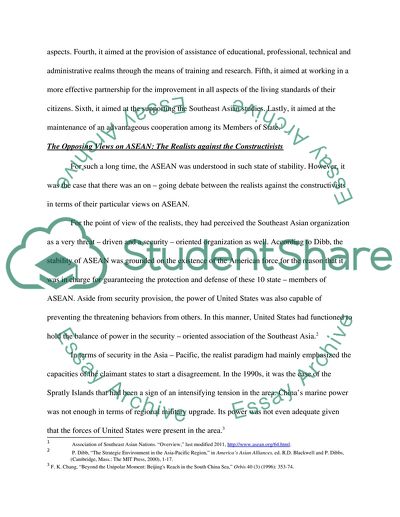Cite this document
(“The State of Studies: A Literature Review Research Paper - 1”, n.d.)
Retrieved from https://studentshare.org/history/1442291-the-state-of-asean-studies-a-literature-review
Retrieved from https://studentshare.org/history/1442291-the-state-of-asean-studies-a-literature-review
(The State of Studies: A Literature Review Research Paper - 1)
https://studentshare.org/history/1442291-the-state-of-asean-studies-a-literature-review.
https://studentshare.org/history/1442291-the-state-of-asean-studies-a-literature-review.
“The State of Studies: A Literature Review Research Paper - 1”, n.d. https://studentshare.org/history/1442291-the-state-of-asean-studies-a-literature-review.


